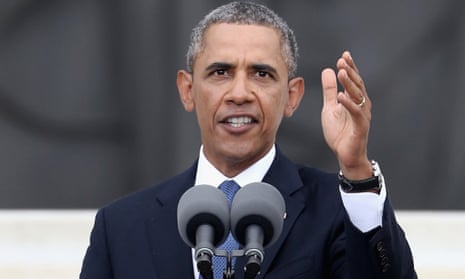Just 7% of communication comes from the words we use. And there’s plenty of evidence that demonstrates just how important body language is in the workplace: from making the right impression on a new boss to making a sale. But it’s also crucial for entrepreneurs – the entire business can depend on how you come across when making that crucial pitch or sale. So what are the basics?
First of all, pin down what body language actually is and where it comes from. It’s more than just movements – it’s everything that isn’t verbal, from your tone of voice to your hand gestures. And it’s intimately connected to the way you feel. Think of yourself as an evangelist, says Annette Kramer, body language coach and judge on The Pitch – a UK small business competition. “If you’re an evangelist, you really want to engage with people. You want to hear what people have to say back. Your whole manner changes. If you believe in what you’re saying and you’re genuine, you will engage people.”
Power posing
For an important pitch or presentation, Dr Connson Locke, assistant professor of management at the London School of Economics, recommends the power pose highlighted by Amy Cuddy, associate professor of business administration at Harvard Business School. Cuddy’s research on power posing found that study participants who adopted the power pose before a mock job interview performed better and were more likely to be hired.
Before you go in front of your audience, says Locke, head into the bathroom and stand still, spreading your arms and taking up as much space in the room as you can. Research by Cuddy and her colleague Dana Carney also found that this pose both elevates testosterone (thought to be associated with confidence for both men and women) and decreases cortisol, a hormone associated with stress. To see the power pose in action, check out Cuddy’s TED talk, Your Body Language Shapes Who You Are, currently at more than 27 million views.
First impressions
First impressions count: we make up our minds about whether a person is trustworthy or not within a tenth of a second. In that tiny time frame, people only have your body language to go on. “If they get conflicting signals between what you’re saying and how you’re acting, they’re going to go with how you’re acting, as they don’t know you,” she adds. “It’s more difficult to control, so it’s more honest.”
Dr Locke advises standing up straight, making eye contact and using a confident tone of voice. Avoid repetitive small motions, like fiddling with a pen, rubbing your face or playing with your hair – that makes you look nervous. Stillness can convey confidence – not just stillness in the body but stillness in the voice, such as strategic pauses.
Control conveys confidence
Try to be as relaxed as you can, advises John McLachlan, neuro-linguistic programming trainer and co-founder of leadership development and training company Monkey Puzzle. “People don’t realise that when they’re tense, the tone of their voice changes as the body seizes up and makes it hard to speak,” he says. “So try to breathe deeply to rid your body of that tension.” Use an open stance, with shoulders back to open out your chest and stop your breath constricting, to indicate that you’re willing to answer questions.
Some people talk with their hands, says McLachlan, and this can convey excitement and passion. But don’t overdo it. “Not so much that you look as if you’re about to take off,” says McLachlan. “And not so much that you look anxious. Keep movements controlled to convey confidence. Look at Barack Obama: he doesn’t move that much but when he does he uses rounded gestures that say I’m here, I’m thinking, I’m open, I’m being clear.”
Adapt body language to the situation
Body language is also important in more intimate situations – both controlling your own, and being able to read other people’s. Greg Barden, founder of Pixie, a discovery platform for independent small businesses, needed to make a significant change from the body language he used in his previous career as a Royal Marine. A big part of his business is persuading SMEs to join the Pixie platform – a very different proposition from giving orders.
Studying the body language of the business owners he was trying to reach, he noticed that they became defensive while he was pitching the platform to them: they would turn away, not make eye contact, and even refuse to shake his hand. He adapted his body language to appear less intimidating.
“I’m 1.9 metres (6ft 3in) tall, so I know I can be quite dominating,” he says. “I once cold-called a shop where the owner wouldn’t shake my hand. So I talked slowly, engaged with him by leaning forward, and made myself slightly vulnerable and nervous by saying: ‘You’re the first person who hasn’t shaken my hand, but if you give me five minutes, you’ll see that I’m different’.” It worked – 20 minutes later the owner wasn’t just shaking Barden’s hand but had become a committed supporter.
Interviewing prospective employees can also be intimidating: again, the stakes are high and you’ve only got a limited amount of time to make a judgement. So concentrate on listening, advises Kramer. “You want to make your interviewee feel comfortable and relaxed enough to reveal their best qualities, so give them signals. Check in with them. Lean forward. Be guided by them.”
Sign up to become a member of the Guardian Small Business Network here for more advice, insight and best practice direct to your inbox.

Comments (…)
Sign in or create your Guardian account to join the discussion